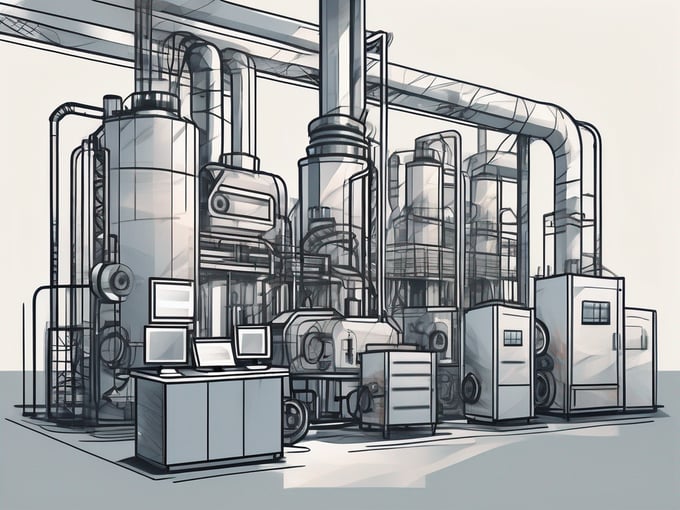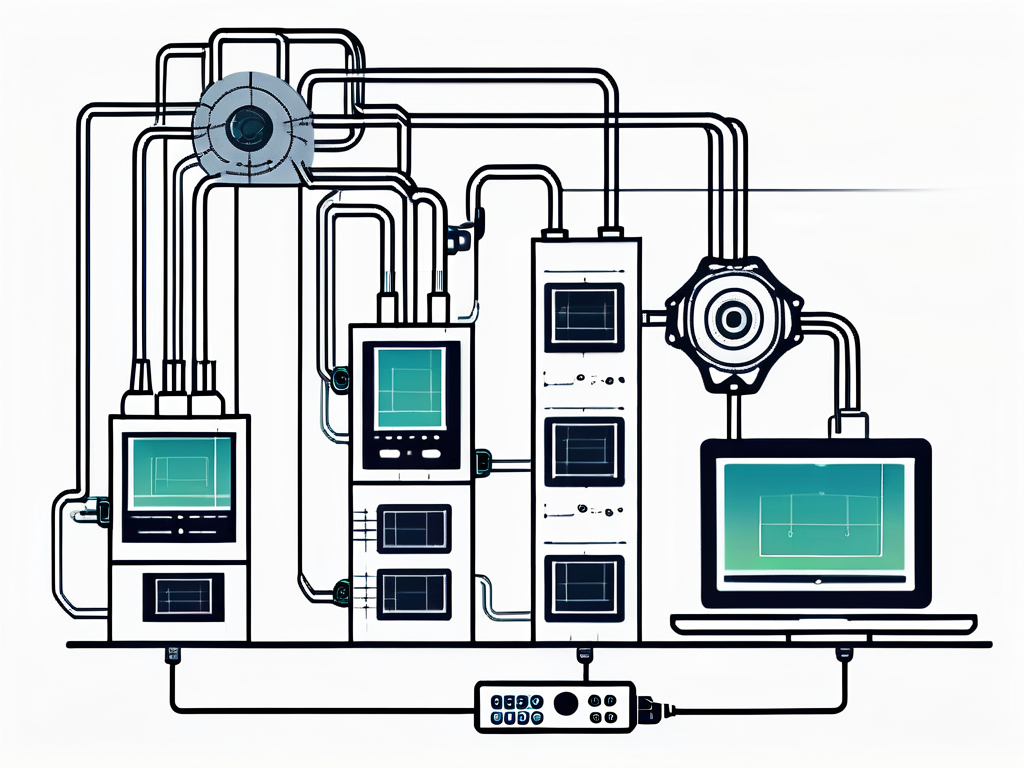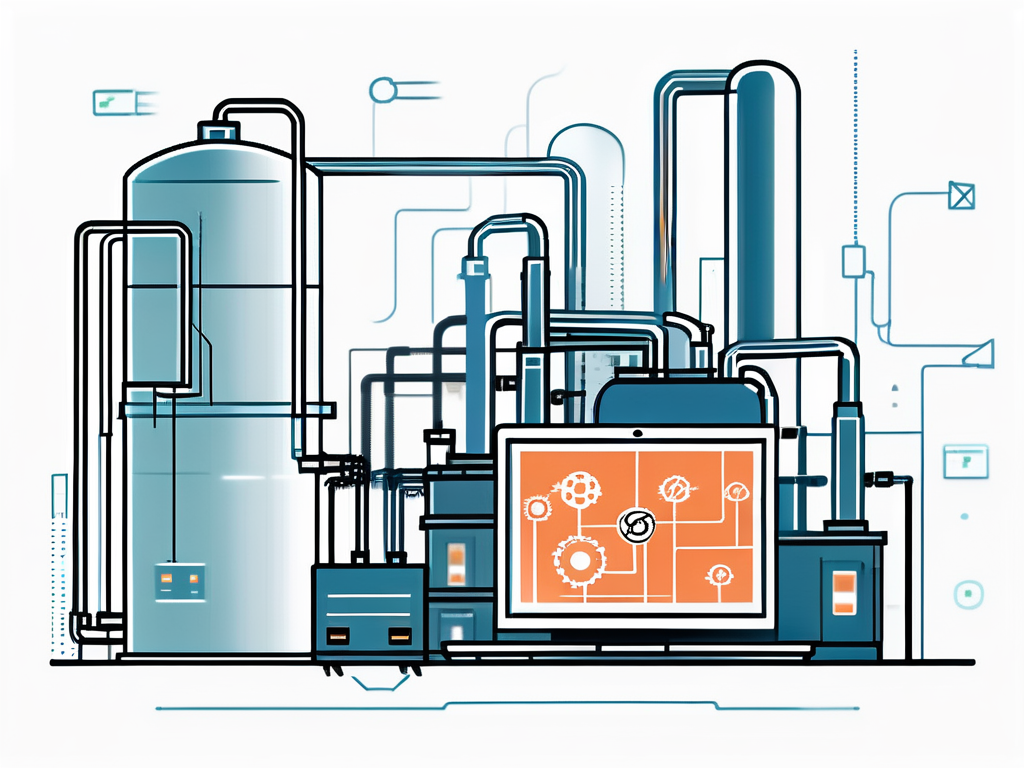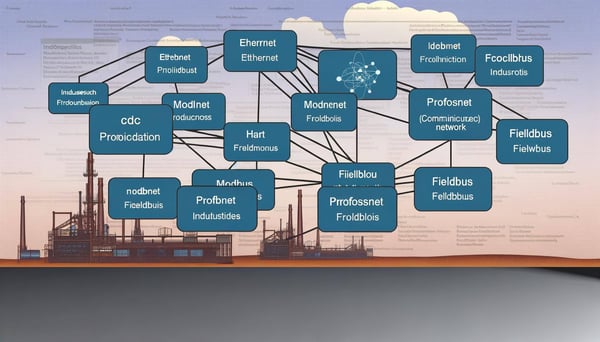
Fundamentals of OPC UA
In the world of industrial automation, communication protocols play a pivotal role in ensuring seamless interoperability between different devices and systems. One such protocol that has gained significant traction in recent years is the OPC Unified Architecture (OPC UA). This article delves into the fundamentals of OPC UA, its benefits, and its role in the context of Industry 4.0.
Understanding OPC UA
The OPC Unified Architecture, commonly referred to as OPC UA, is a machine-to-machine communication protocol for industrial automation. Developed by the OPC Foundation, it is designed to provide a secure and reliable exchange of data in the industrial automation space and in other industries. It is platform-independent, ensuring seamless communication from the shop floor to the top floor.

OPC UA is not just a protocol, but a comprehensive suite of services for the industrial sector. It encompasses a wide range of functionalities, including data access, alarms and conditions, historical data access, and programs, among others. This makes it a versatile solution for a variety of industrial applications.
Key Features of OPC UA
OPC UA is known for its robustness and versatility, thanks to a host of features. It offers platform independence, meaning it can operate on any system regardless of the operating system or the language in which it was written. This is a significant advantage in industrial environments where a variety of systems and devices need to communicate with each other.
Another key feature of OPC UA is its comprehensive information modeling capabilities. It can represent complex systems and processes in a structured and understandable manner, making it easier for different systems to understand and interpret the data. This is particularly useful in large-scale industrial applications where numerous devices and systems are involved.
The Role of OPC UA in Industry 4.0
Industry 4.0, or the fourth industrial revolution, is characterized by the digital transformation of manufacturing processes. In this context, OPC UA plays a crucial role as a facilitator of communication and data exchange. It provides a common language for different devices and systems, enabling them to work together seamlessly.
OPC UA is also a key enabler of the Industrial Internet of Things (IIoT), a core component of Industry 4.0. By providing a secure and reliable means of data exchange, it allows IIoT devices to communicate effectively, paving the way for smarter, more efficient industrial processes.
OPC UA and Digital Twin Technology
Digital Twin technology is another key aspect of Industry 4.0 where OPC UA plays a significant role. A digital twin is a virtual representation of a physical asset, process, or system. It enables real-time monitoring and predictive maintenance, among other benefits.
OPC UA, with its comprehensive information modeling capabilities, is ideally suited for creating and managing digital twins. It can represent the complex data structures and relationships inherent in these virtual models, enabling effective communication between the digital twin and the physical asset.
Benefits of Implementing OPC UA
Implementing OPC UA in an industrial environment offers several benefits. Firstly, it enhances interoperability between different devices and systems, reducing the need for custom interfaces. This leads to significant cost savings and improved efficiency.

Secondly, OPC UA provides a high level of security. It incorporates robust security mechanisms, including encryption and authentication, to protect data from unauthorized access and manipulation. This is particularly important in the context of industrial automation, where the integrity and confidentiality of data are paramount.
Future-Proofing with OPC UA
Another significant benefit of OPC UA is that it is future-proof. As a platform-independent protocol with comprehensive information modeling capabilities, it is well-equipped to handle the evolving needs of the industrial sector. Whether it's integrating new devices or adapting to new technologies, OPC UA provides a flexible and scalable solution.
In conclusion, OPC UA is a powerful tool for industrial automation, offering a range of benefits from enhanced interoperability and security to future-proofing. As Industry 4.0 continues to evolve, the role of OPC UA is set to become increasingly important, making it a key consideration for any industrial organization looking to stay ahead in the digital age.



